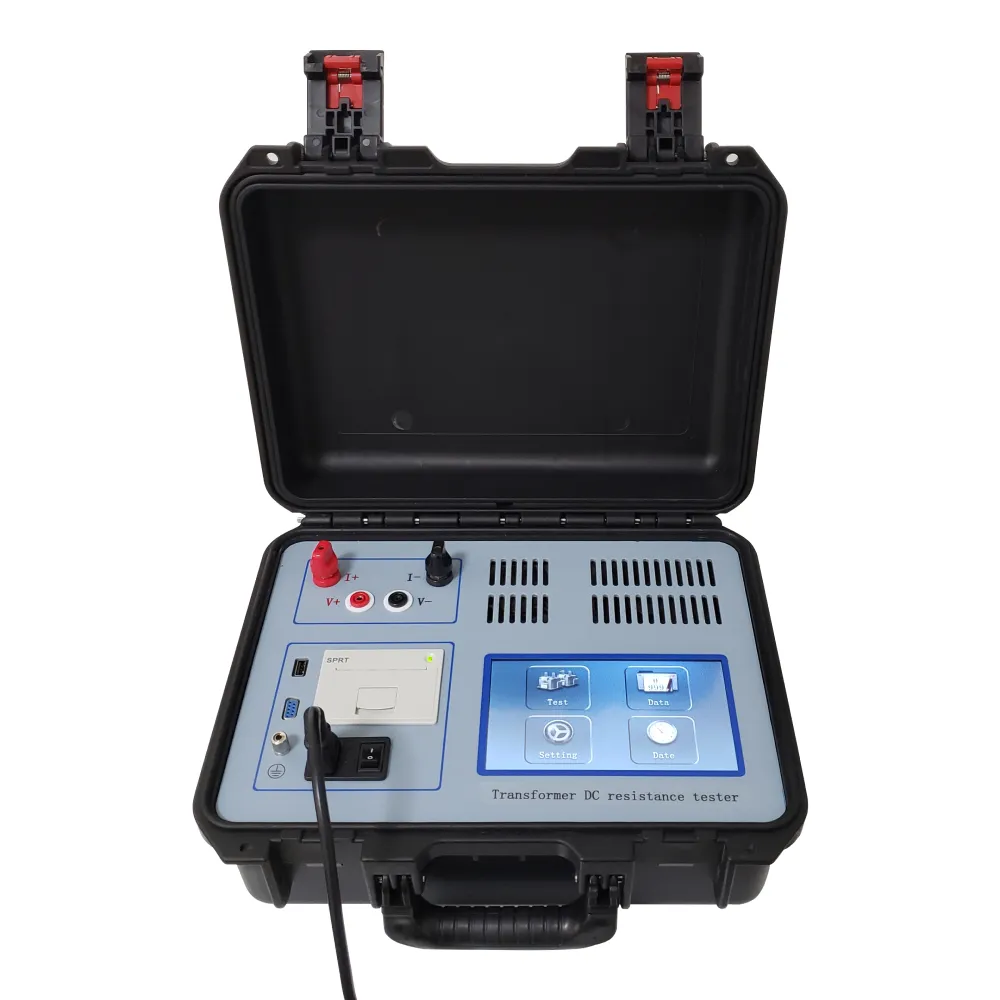 English
English



-
 Afrikaans
Afrikaans -
 Albanian
Albanian -
 Amharic
Amharic -
 Arabic
Arabic -
 Armenian
Armenian -
 Azerbaijani
Azerbaijani -
 Basque
Basque -
 Belarusian
Belarusian -
 Bengali
Bengali -
 Bosnian
Bosnian -
 Bulgarian
Bulgarian -
 Catalan
Catalan -
 Cebuano
Cebuano -
 China
China -
 China (Taiwan)
China (Taiwan) -
 Corsican
Corsican -
 Croatian
Croatian -
 Czech
Czech -
 Danish
Danish -
 Dutch
Dutch -
 English
English -
 Esperanto
Esperanto -
 Estonian
Estonian -
 Finnish
Finnish -
 French
French -
 Frisian
Frisian -
 Galician
Galician -
 Georgian
Georgian -
 German
German -
 Greek
Greek -
 Gujarati
Gujarati -
 Haitian Creole
Haitian Creole -
 hausa
hausa -
 hawaiian
hawaiian -
 Hebrew
Hebrew -
 Hindi
Hindi -
 Miao
Miao -
 Hungarian
Hungarian -
 Icelandic
Icelandic -
 igbo
igbo -
 Indonesian
Indonesian -
 irish
irish -
 Italian
Italian -
 Japanese
Japanese -
 Javanese
Javanese -
 Kannada
Kannada -
 kazakh
kazakh -
 Khmer
Khmer -
 Rwandese
Rwandese -
 Korean
Korean -
 Kurdish
Kurdish -
 Kyrgyz
Kyrgyz -
 Lao
Lao -
 Latin
Latin -
 Latvian
Latvian -
 Lithuanian
Lithuanian -
 Luxembourgish
Luxembourgish -
 Macedonian
Macedonian -
 Malgashi
Malgashi -
 Malay
Malay -
 Malayalam
Malayalam -
 Maltese
Maltese -
 Maori
Maori -
 Marathi
Marathi -
 Mongolian
Mongolian -
 Myanmar
Myanmar -
 Nepali
Nepali -
 Norwegian
Norwegian -
 Norwegian
Norwegian -
 Occitan
Occitan -
 Pashto
Pashto -
 Persian
Persian -
 Polish
Polish -
 Portuguese
Portuguese -
 Punjabi
Punjabi -
 Romanian
Romanian -
 Russian
Russian -
 Samoan
Samoan -
 Scottish Gaelic
Scottish Gaelic -
 Serbian
Serbian -
 Sesotho
Sesotho -
 Shona
Shona -
 Sindhi
Sindhi -
 Sinhala
Sinhala -
 Slovak
Slovak -
 Slovenian
Slovenian -
 Somali
Somali -
 Spanish
Spanish -
 Sundanese
Sundanese -
 Swahili
Swahili -
 Swedish
Swedish -
 Tagalog
Tagalog -
 Tajik
Tajik -
 Tamil
Tamil -
 Tatar
Tatar -
 Telugu
Telugu -
 Thai
Thai -
 Turkish
Turkish -
 Turkmen
Turkmen -
 Ukrainian
Ukrainian -
 Urdu
Urdu -
 Uighur
Uighur -
 Uzbek
Uzbek -
 Vietnamese
Vietnamese -
 Welsh
Welsh -
 Bantu
Bantu -
 Yiddish
Yiddish -
 Yoruba
Yoruba -
 Zulu
Zulu
Transforming Model Evaluation A Comprehensive Guide to Transformer Test Strategies
Understanding Transformer Tests An Overview
Transformers have revolutionized the field of natural language processing (NLP) and beyond. Since their introduction in the seminal paper Attention is All You Need by Vaswani et al. in 2017, transformers have become the backbone of many state-of-the-art models, including BERT, GPT, and T5. However, as these models have grown in complexity and application, the need for robust testing has also increased. This article delves into various aspects of transformer tests, highlighting their importance, methodologies, and key considerations.
Importance of Transformer Tests
Testing transformers is crucial for several reasons. First and foremost, given the vast architectures and hyperparameter choices available, testing ensures that the models function as intended. It helps identify potential biases in the models, assesses their robustness against adversarial inputs, and evaluates their performance across different tasks. As transformers are often employed in critical applications, such as healthcare, finance, and autonomous systems, ensuring their reliability is paramount.
Types of Tests
1. Unit Testing This involves testing individual components of the transformer architecture, such as attention mechanisms, feed-forward layers, and normalization techniques. Unit tests help in isolating and identifying bugs in specific parts of the model, facilitating easier troubleshooting.
2. Integration Testing Once the individual components are thoroughly tested, integration testing is necessary to ensure that these components work together seamlessly. For transformers, this might involve checking the interactions between the encoder and decoder in a sequence-to-sequence model.
3. Performance Testing This assesses how well the transformer model performs on various NLP tasks, such as text classification, translation, and summarization. Performance metrics like accuracy, F1 score, and BLEU score are commonly used to evaluate models against benchmarks.
list the transformer tests

4. Stress Testing This type of testing evaluates how the transformer model behaves under extreme conditions, such as very large input data or under maximum loading scenarios. Stress tests help in identifying performance bottlenecks and scaling issues.
5. Robustness Testing Here, the model's resilience against adversarial examples or unexpected input variations is evaluated. Robustness testing involves generating perturbed inputs to assess whether the transformer can maintain its performance despite facing challenging situations.
Key Considerations
When conducting transformer tests, several factors must be taken into account. First, the choice of dataset is critical; it should be representative of real-world applications to ensure the model's practical utility. Additionally, thorough documentation of the testing processes and results is essential, as it aids in reproducibility and helps others learn from previous testing efforts.
Moreover, continuous testing should be adopted as part of the model development lifecycle. Models may degrade over time or behave differently as they are fine-tuned or deployed in new environments. Thus, regular testing helps maintain the quality and integrity of transformer models.
Conclusion
As transformers continue to advance and permeate various sectors, the importance of rigorous testing cannot be overstated. By employing a systematic approach to transformer tests, researchers and developers can ensure that these powerful models are reliable, robust, and aligned with ethical standards. By prioritizing testing, we can harness the full potential of transformers while mitigating risks associated with their deployment in the real world.
-
Testing Equipment Industry Sees Major Advancements in 2025: Smart & Precision Technologies Lead the WayNewsJun.06,2025
-
Applications of Direct Current Generators in Renewable Energy SystemsNewsJun.05,2025
-
Hipot Tester Calibration and Accuracy GuidelinesNewsJun.05,2025
-
Digital Circuit Breaker Analyzer Features and BenefitsNewsJun.05,2025
-
Benefits of Real-Time Power Quality Monitoring Devices for Industrial EfficiencyNewsJun.05,2025
-
Earth Fault Loop Testing in High-Rise Building Electrical SystemsNewsJun.05,2025



